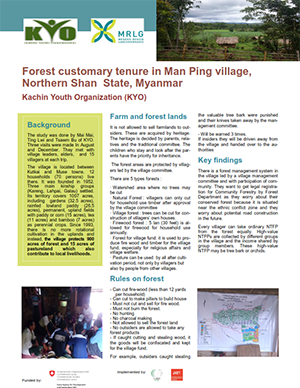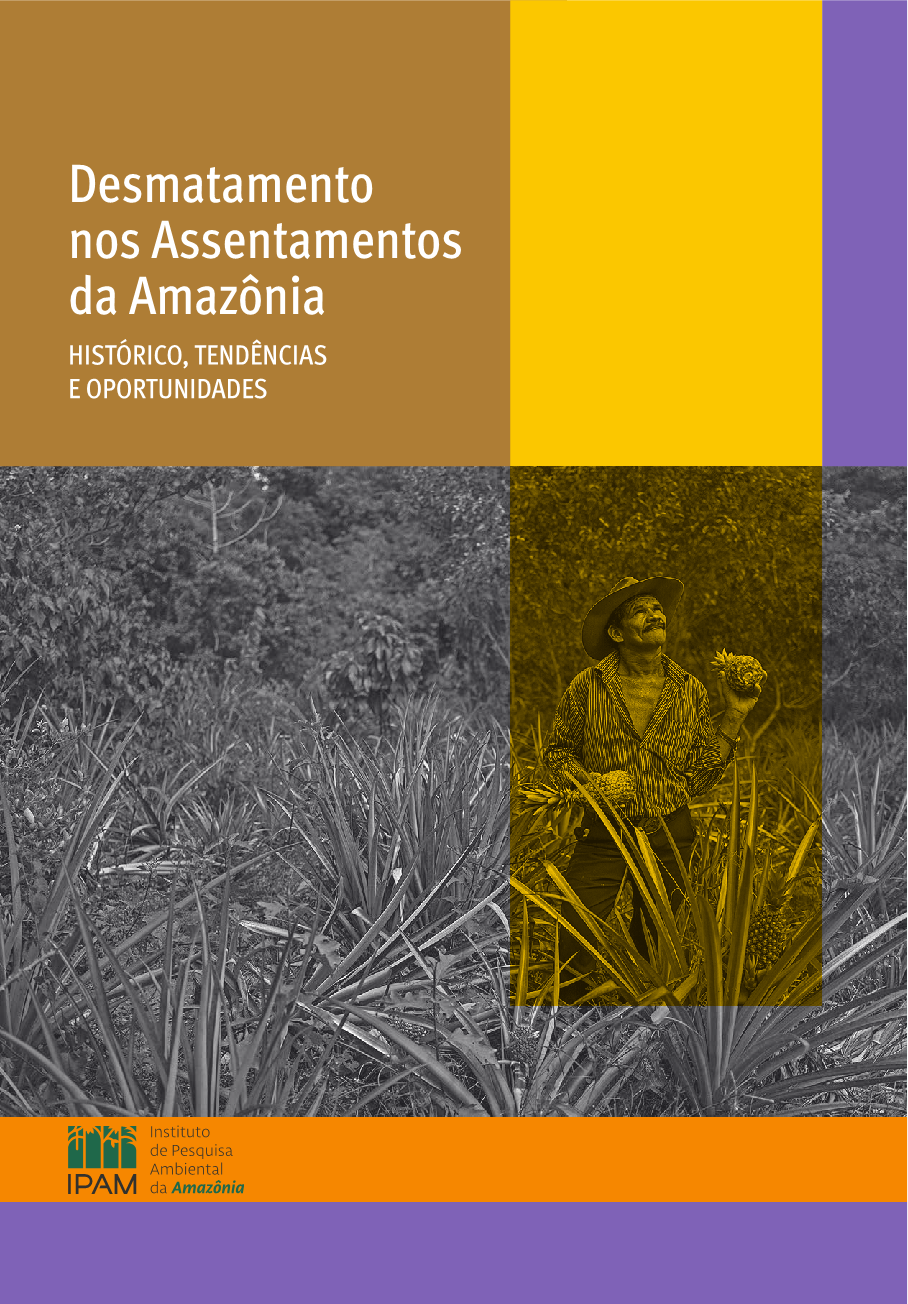Differences in carbon sink by land use using topographic correction in Seoul, South Korea
This study attempts to confirm the differences in carbon sink according to each type of land use by using the biotope map and reviewing carbon sink considering topography, and comparing those before-and-after topographic correction. The types of carbon sink were focused on Normalized Difference Vegetation Index (NDVI), Leaf Area Index (LAI) and Net Primary Productivity (NPP).







